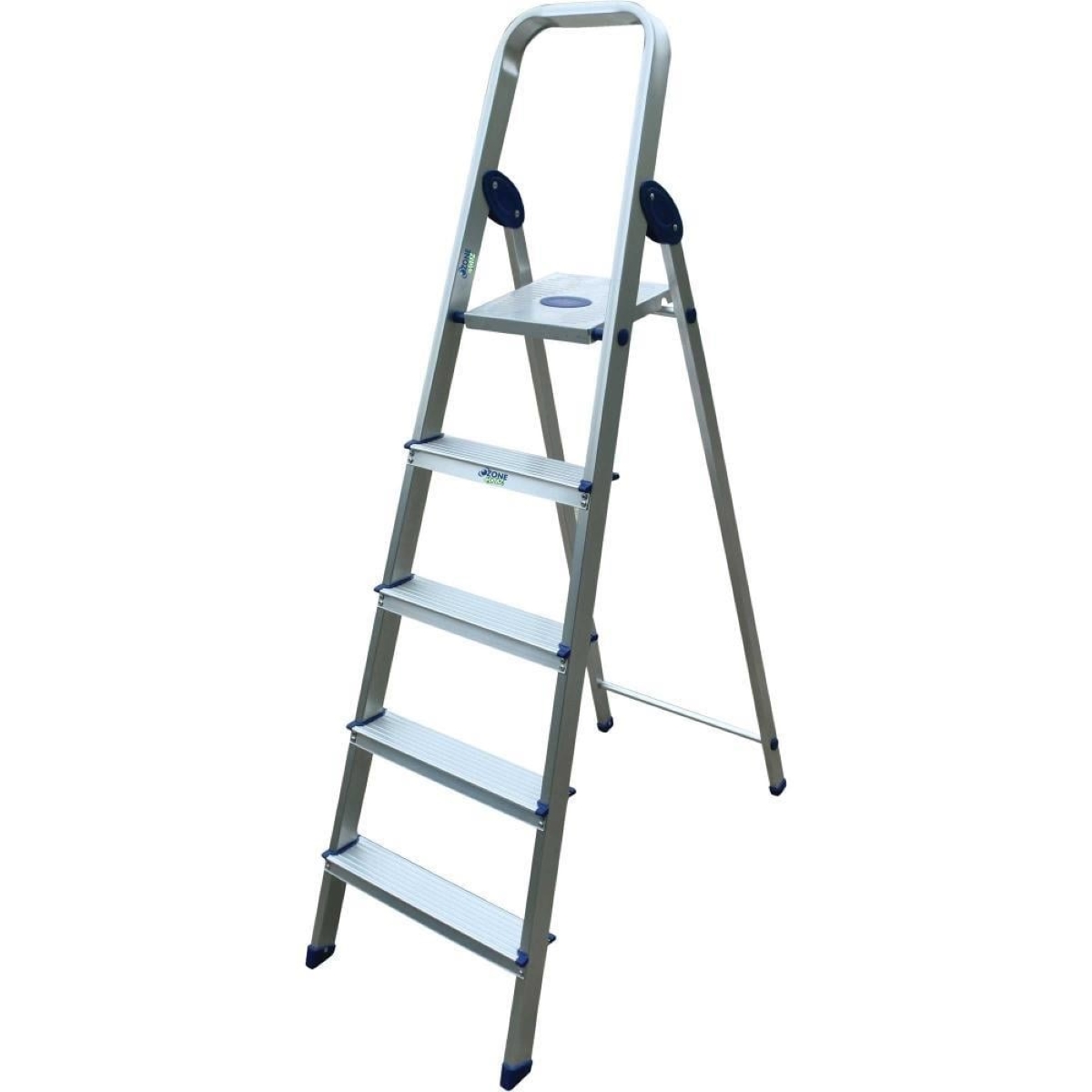

Articles
What Are The Steps On A Ladder Called
Modified: August 31, 2024
Discover the articles discussing the various steps on a ladder, including terminology, safety guidelines, and useful tips to ensure a smooth climbing experience.
(Many of the links in this article redirect to a specific reviewed product. Your purchase of these products through affiliate links helps to generate commission for Storables.com, at no extra cost. Learn more)
Introduction
A ladder is a simple yet essential tool that helps us reach heights that would otherwise be inaccessible. Whether it’s for construction, painting, cleaning, or any other task that requires elevation, ladders play an important role in our daily lives. However, have you ever wondered what the individual steps on a ladder are called?
In this article, we will explore the terminology associated with ladder steps and dive into the various components that make up these essential tools. Understanding the different parts of a ladder can not only help in effectively using them but also allows for better communication when discussing ladder-related matters with others.
So, let’s begin our exploration of what the steps on a ladder are called and unravel the fascinating world of ladder terminology!
Key Takeaways:
- “Rungs, Steps, and Treads”
Understanding ladder terminology is crucial for safe and effective use. Rungs provide climbing support, steps offer standing platforms, and treads ensure secure footing. Each component plays a vital role in ladder safety and functionality. - “Stability Starts at the Bottom”
The footings of a ladder are essential for stability and safety. From rubber pads to adjustable legs, ensuring proper contact with the ground is crucial. Attention to footings enhances ladder safety and minimizes the risk of accidents.
Read more: What Is The Best 3 Step Ladder
Rungs
The first term we need to familiarize ourselves with when discussing ladder steps is “rungs.” Rungs are the horizontal bars that run across the ladder and provide a sturdy surface for climbing. They are the individual steps that you place your feet on as you ascend or descend the ladder.
Rungs are typically made of materials such as metal, wood, or fiberglass, depending on the type and purpose of the ladder. They are designed to be strong enough to support the weight of a person while providing a secure foothold during the climbing process.
The spacing between rungs is an important consideration in ladder design. It should be neither too small nor too large, allowing for comfortable and safe climbing. The distance between rungs is often referred to as the “rung spacing” and plays a vital role in ensuring the ladder’s stability.
It’s worth noting that some ladders, like extension ladders, have adjustable rung spacing. This means that the distance between the rungs can be modified to suit different needs or preferences.
Rungs are typically secured to the ladder’s uprights or side rails using various methods. In some ladders, they may be riveted or welded in place, while in others, they may be inserted into slots or brackets. This secure attachment is crucial to ensure the rungs remain in place during use, preventing any potential accidents or instability.
Overall, rungs are the integral components of a ladder that provide the support and stability needed for safe climbing. They allow us to maintain a firm foothold as we ascend or descend, making them a crucial part of ladder design and functionality.
Steps
The term “steps” is often used interchangeably with rungs when referring to ladder components. However, there is another interpretation of steps in the context of ladders.
In some ladder designs, especially those used in household settings or as portable step stools, the term “steps” refers to the individual platforms that you stand on while using the ladder. These platforms are typically larger than traditional ladder rungs, providing more stability and a comfortable standing surface.
Unlike rungs, ladder steps are not necessarily horizontal bars but rather solid platforms that are wider and more spacious. These steps are often made with slip-resistant materials to minimize the risk of slipping or losing balance while standing on them.
Steps can be found on ladders such as step stools, step ladders, and platform ladders. They are particularly useful for activities that require extended periods of standing or for those who prefer a larger platform to work from.
When using a ladder with steps, it is important to ensure that each step is securely attached to the ladder structure and can support the weight of the user. Regular inspection of the ladder’s steps is crucial for identifying any signs of wear or damage that may compromise their safety and integrity.
It’s worth noting that in some ladder designs, there may be a combination of rungs and steps. For example, a step ladder may have rungs on one side for climbing and steps on the other side for standing. This hybrid design provides versatility and convenience for various tasks.
So, while rungs are the more commonly known term for ladder steps, it’s essential to recognize that there is also a distinction in ladder terminology that refers to steps as individual platforms for standing.
The steps on a ladder are called rungs. When climbing a ladder, always maintain three points of contact and never stand on the top two rungs.
Treads
When discussing ladder terminology, another term that is commonly used is “treads.” Treads refer to the horizontal surfaces of ladder steps that provide traction and grip for the user’s feet. They are designed to reduce the risk of slipping or losing balance while climbing or descending a ladder.
Unlike the rungs or steps, which may vary in size and shape depending on the ladder type, treads are typically uniform and evenly spaced across the entire width of the ladder step. They are often equipped with various safety features, such as raised ribs, serrated edges, or textured surfaces, to enhance their grip.
One of the primary considerations in ladder design is to ensure that the treads provide sufficient traction, especially when used in challenging or slippery conditions. The material used for the treads is carefully selected to prevent them from becoming slippery when exposed to moisture, dirt, or other hazards.
Common materials used for ladder tread construction include rubber, non-slip coatings, or specially treated metals. These materials help to improve grip, reduce the risk of accidents, and enhance overall ladder safety.
Treads play a vital role in ensuring stability and confident footing while using a ladder. They provide a secure surface for the user to step on, particularly during tasks that require them to work at elevated heights or in potentially hazardous environments.
Regular maintenance and care of ladder treads are essential to prevent wear and tear that may compromise their grip and effectiveness. Cleaning them regularly from dirt, debris, or any slippery substances ensures that they continue to provide a safe working surface.
So, while rungs and steps refer to the structural components of a ladder, treads specifically highlight the importance of the horizontal surfaces that offer traction and prevent slips during ladder use.
Footings
When it comes to ladder terminology, one important aspect to consider is the footings. Footings refer to the bottom supports or base of the ladder that make contact with the ground or surface on which the ladder is placed.
The footings of a ladder are designed to provide stability and prevent the ladder from tipping or sliding while in use. They are typically wider than the ladder itself and can take various forms depending on the ladder type and intended purpose.
One common type of footing is rubber or non-slip pads. These pads are attached to the bottom of the ladder legs and help to grip the surface, reducing the risk of slippage. Rubber pads are commonly found on household step ladders and portable ladders.
In some ladder designs, especially those used in construction or industrial settings, the footings may consist of adjustable legs or leveling mechanisms. These allow for the ladder to be securely positioned on uneven surfaces by adjusting the length of the legs or leveling the ladder to ensure stability.
In certain situations, ladders may require additional support to prevent movement or instability. This is where accessories such as ladder stabilizers or outriggers come into play. These attachments extend the footprint of the ladder by providing wider and more secure supports, minimizing the risk of tipping.
When using a ladder, it is crucial to ensure that the footings are securely in place and making proper contact with the ground or surface. This includes checking that rubber pads are intact and in good condition, and adjustable footings or levelers are correctly adjusted for stability.
Additionally, proper positioning of the ladder is essential to ensure that the footings are on a stable and level surface. Placing a ladder on uneven or unstable ground may compromise its stability and increase the risk of accidents.
By paying attention to the footings and ensuring their stability and contact with the ground, we can enhance ladder safety and minimize the possibility of mishaps while working at heights.
Frequently Asked Questions about What Are The Steps On A Ladder Called
Was this page helpful?
At Storables.com, we guarantee accurate and reliable information. Our content, validated by Expert Board Contributors, is crafted following stringent Editorial Policies. We're committed to providing you with well-researched, expert-backed insights for all your informational needs.
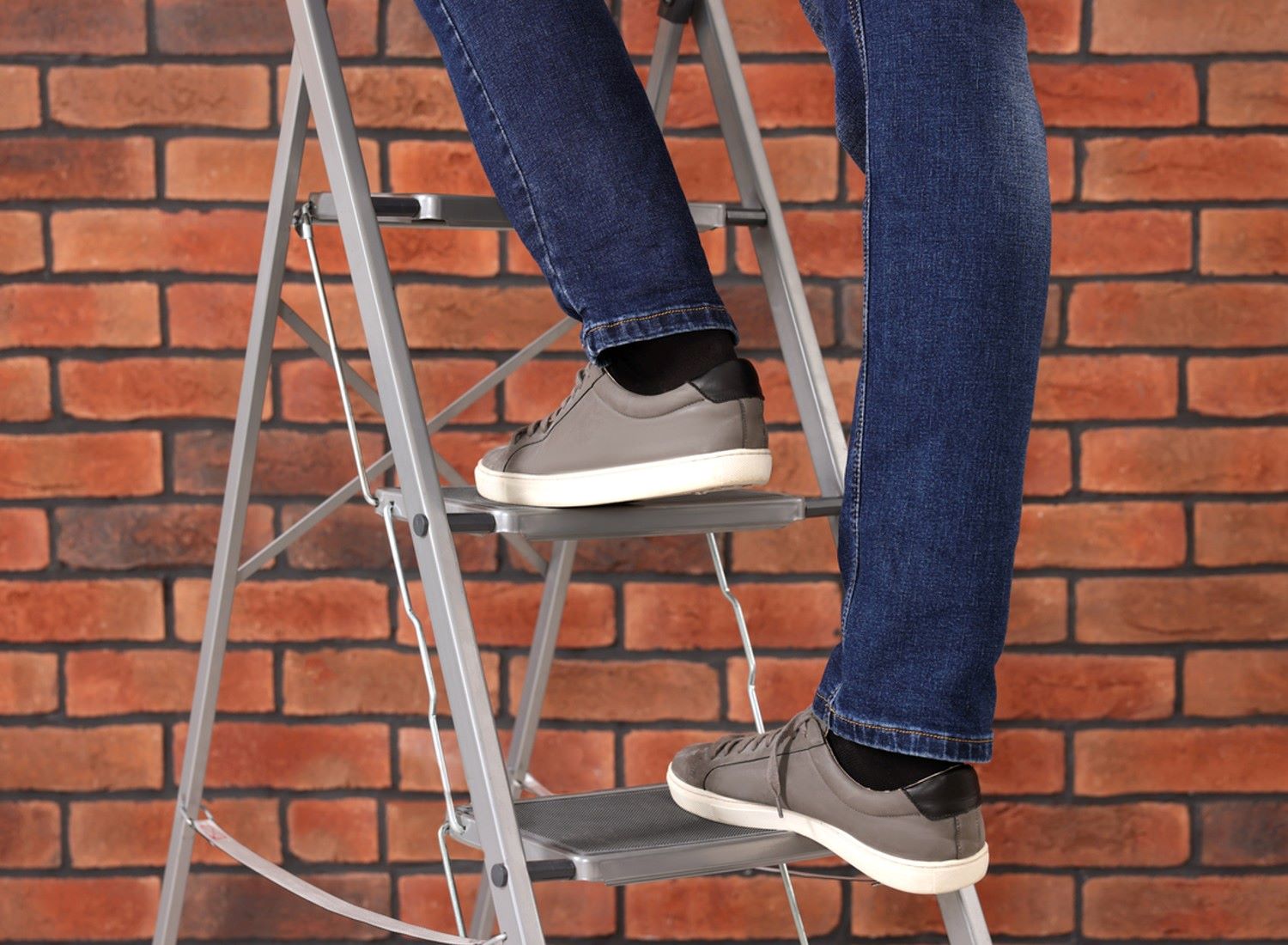
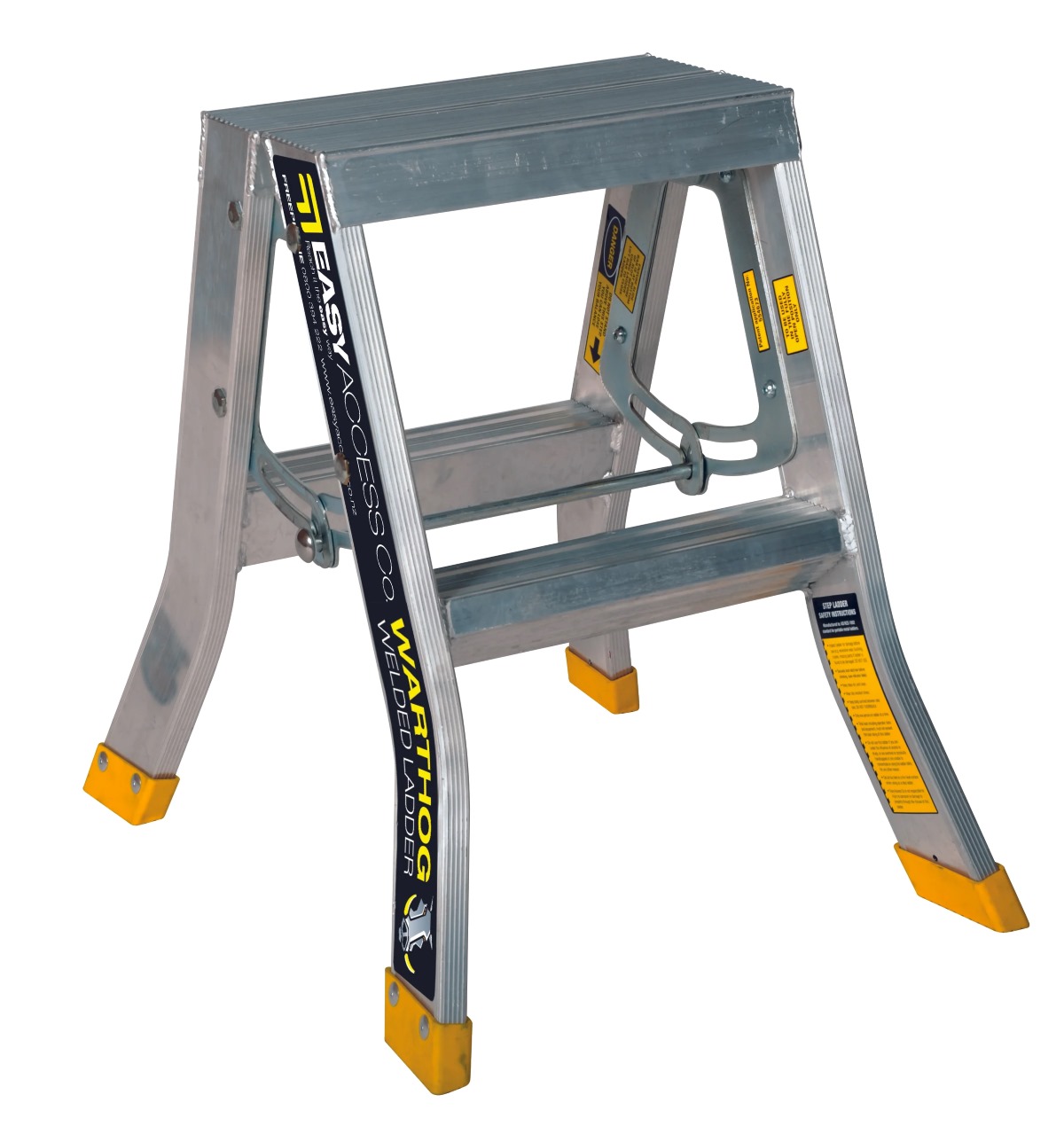
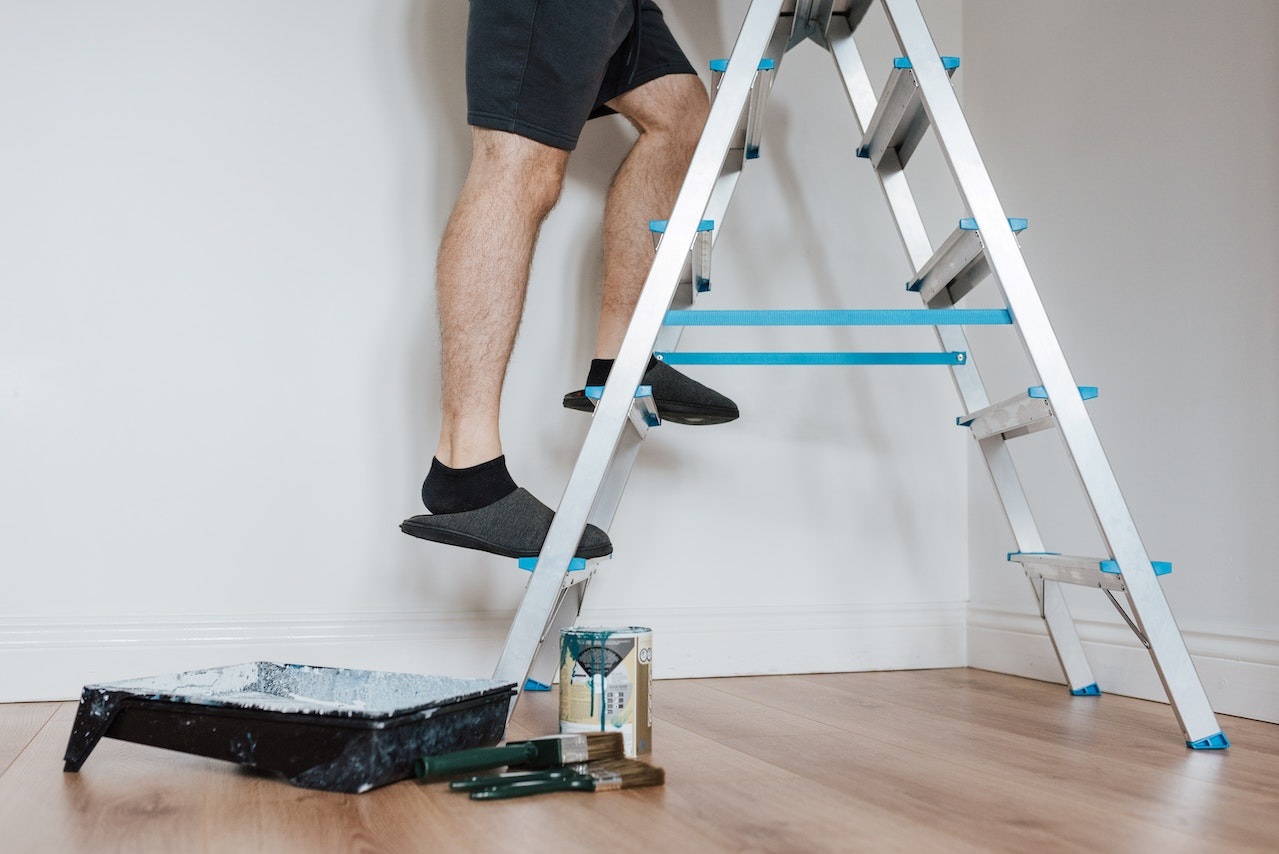
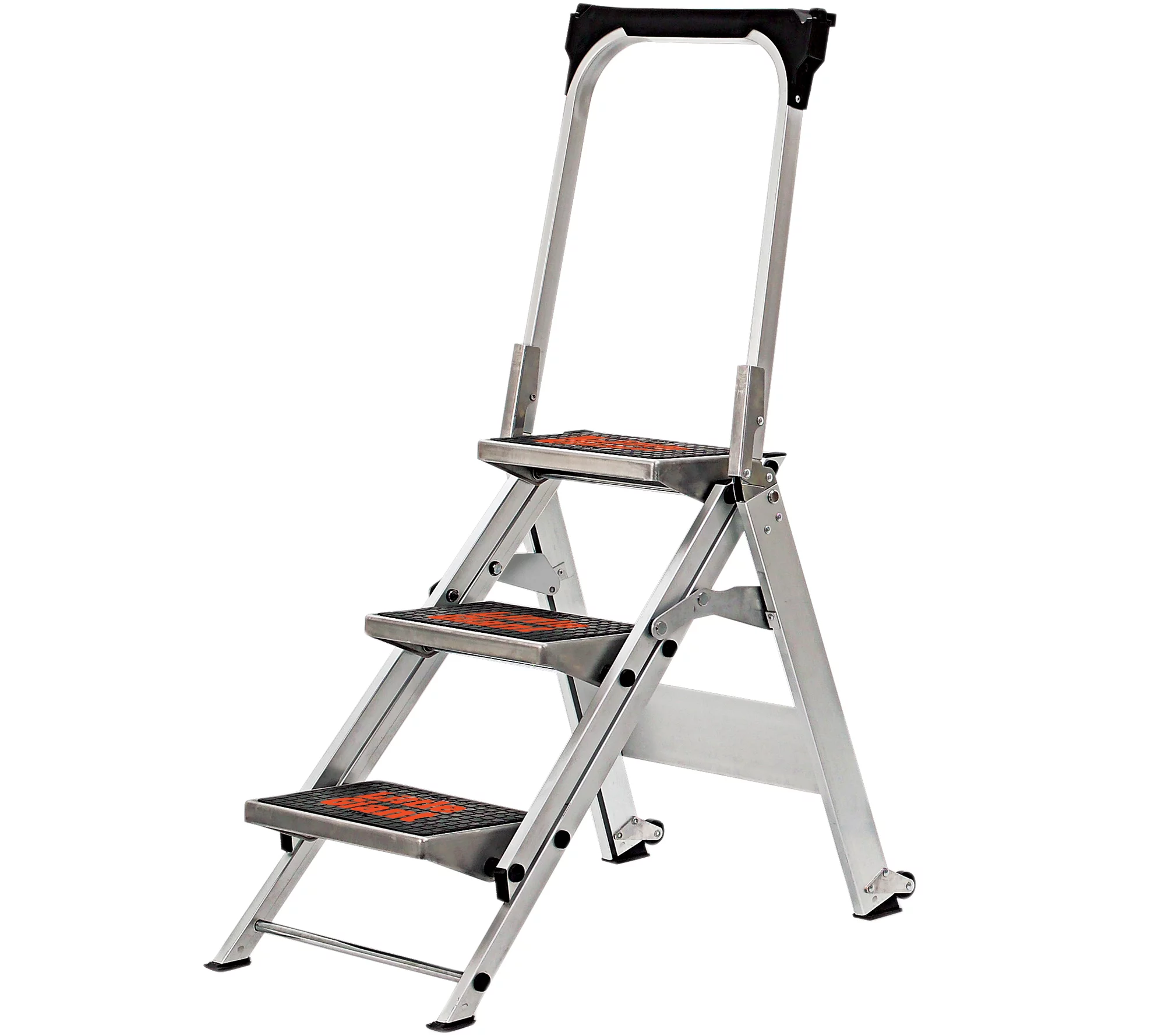
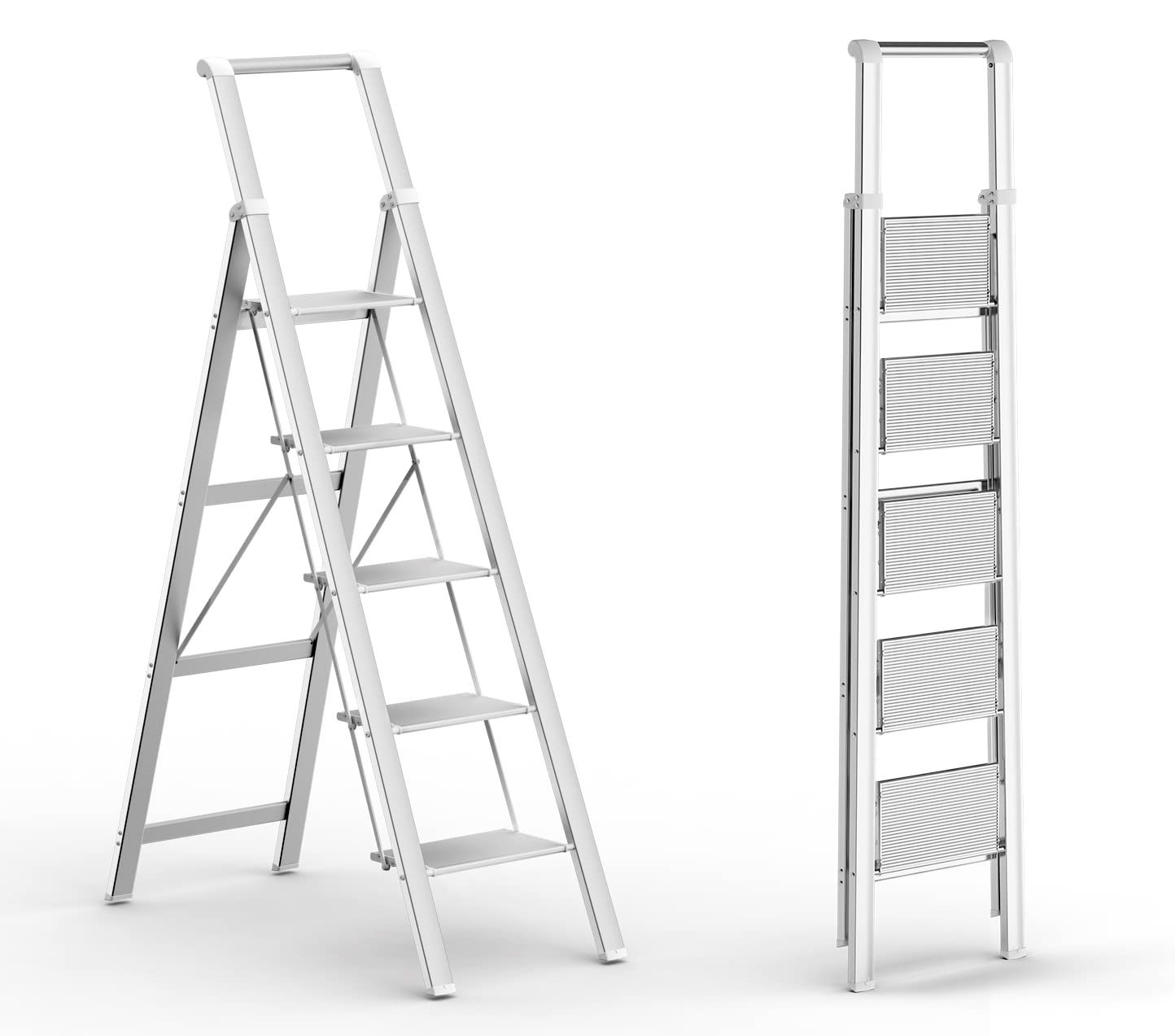
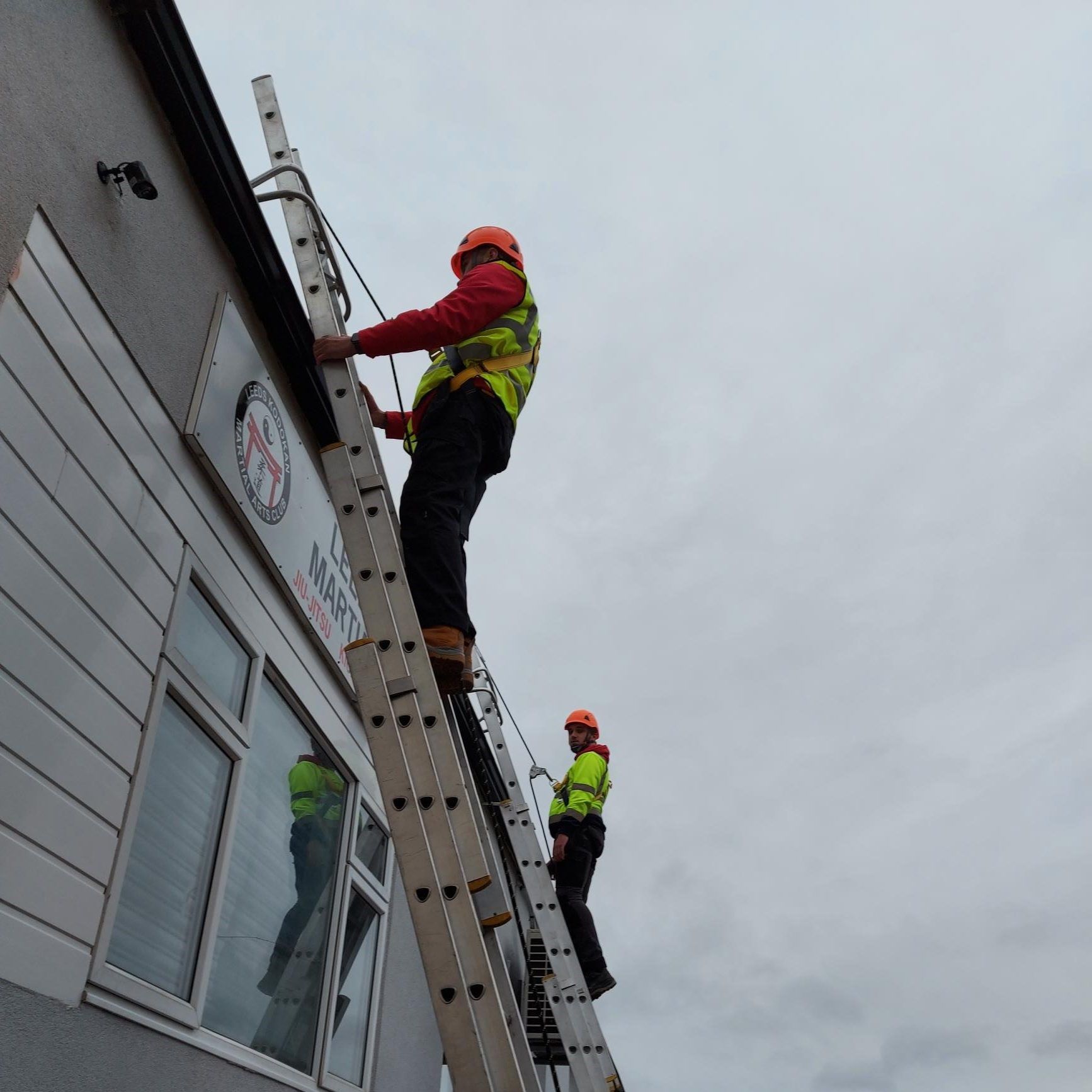
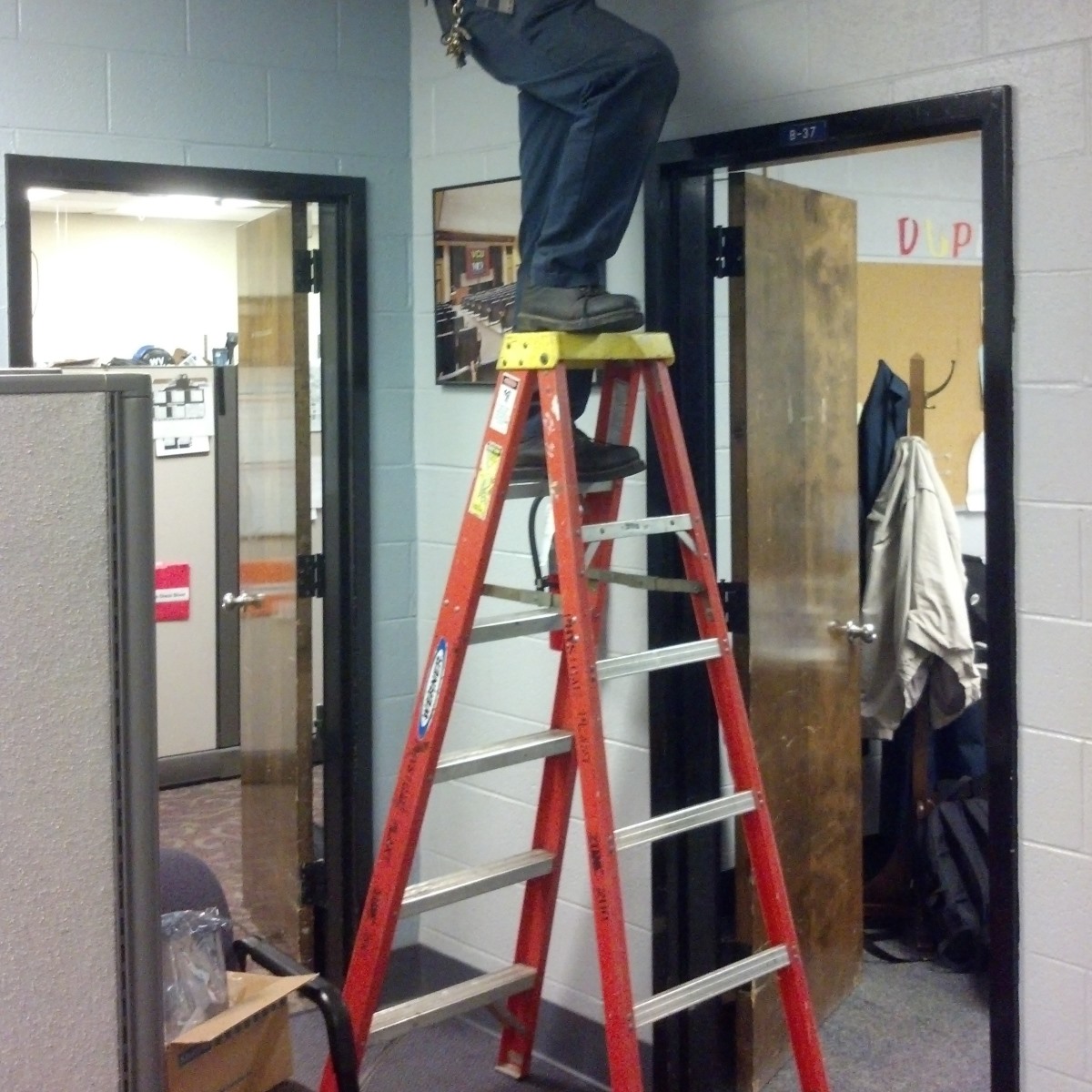
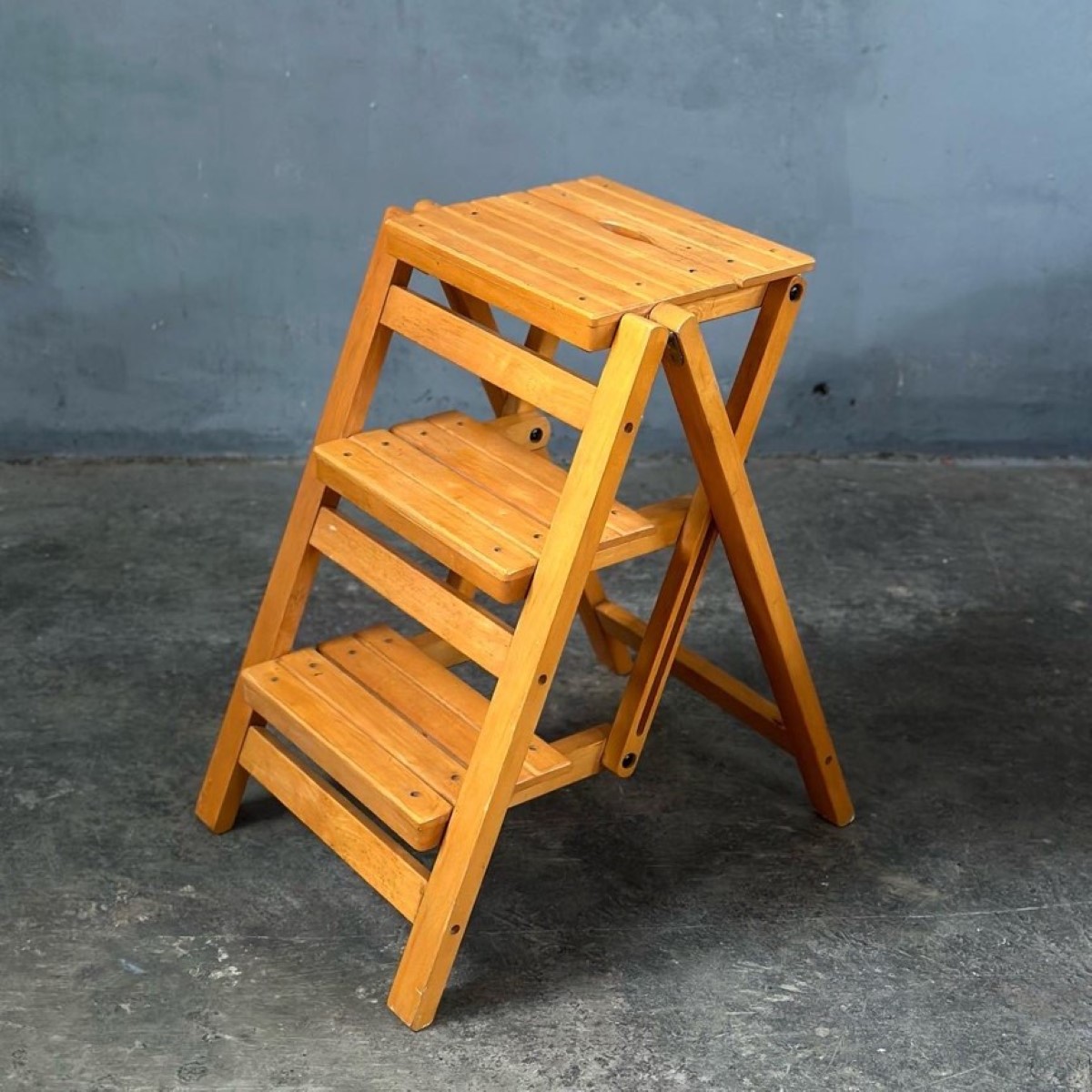

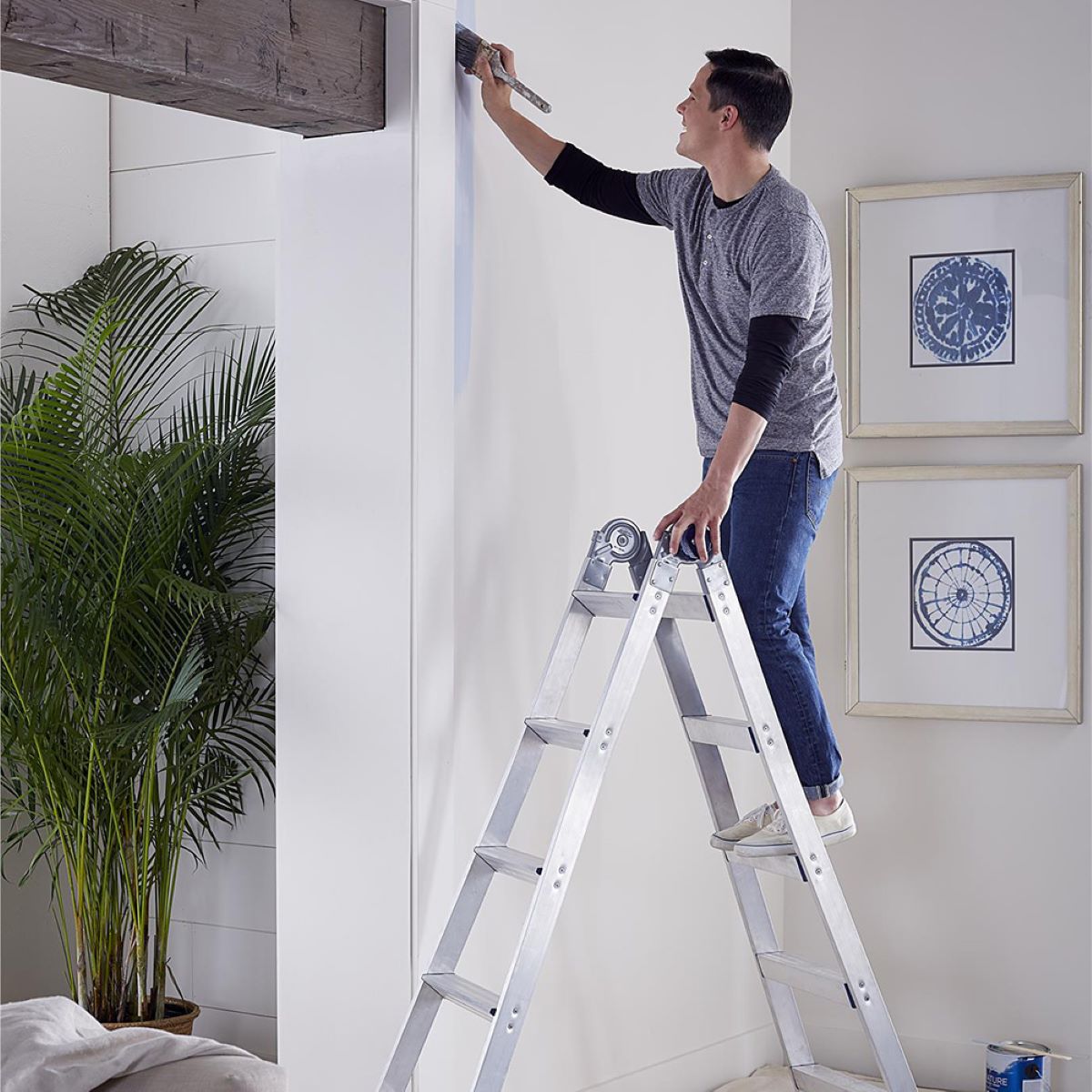

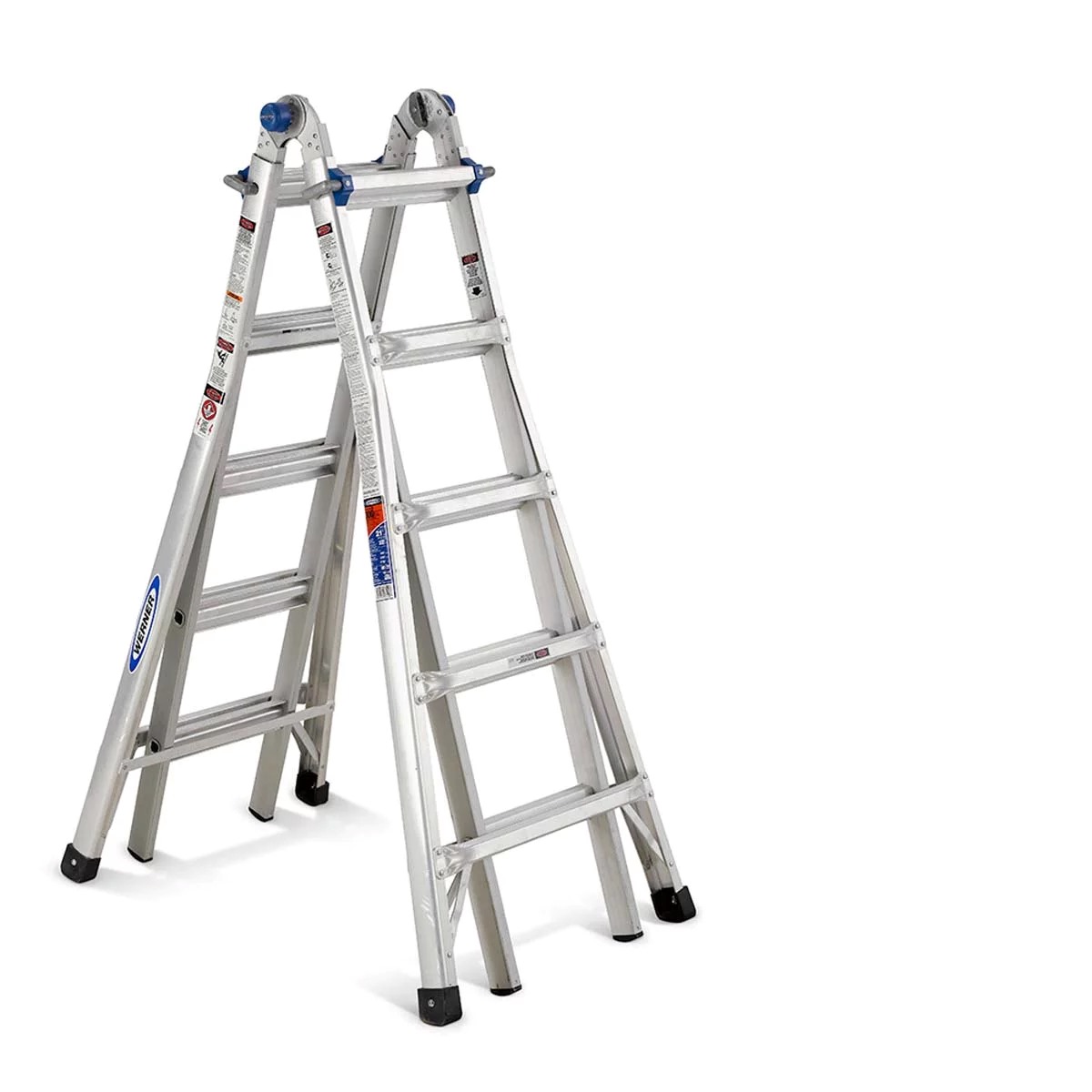
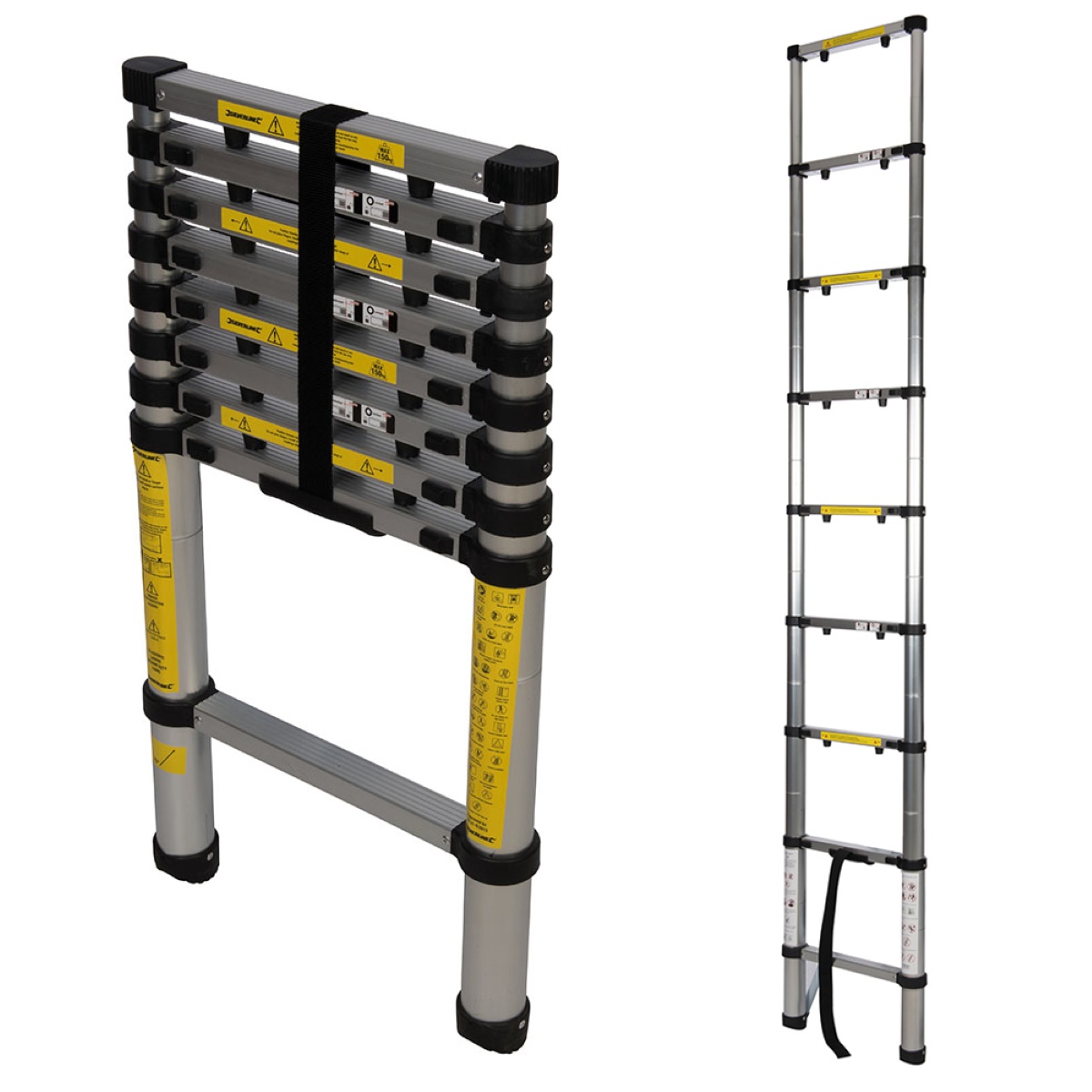
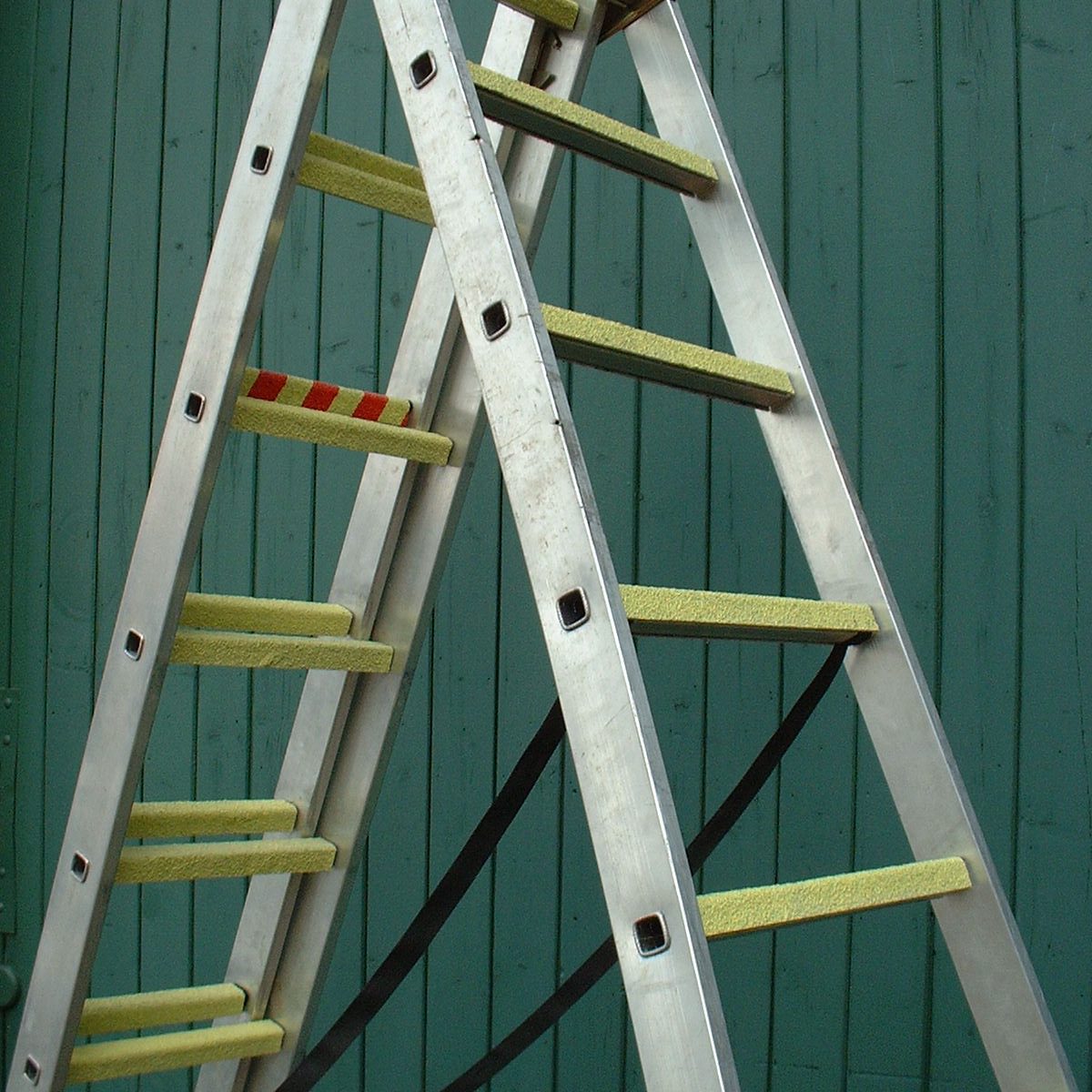
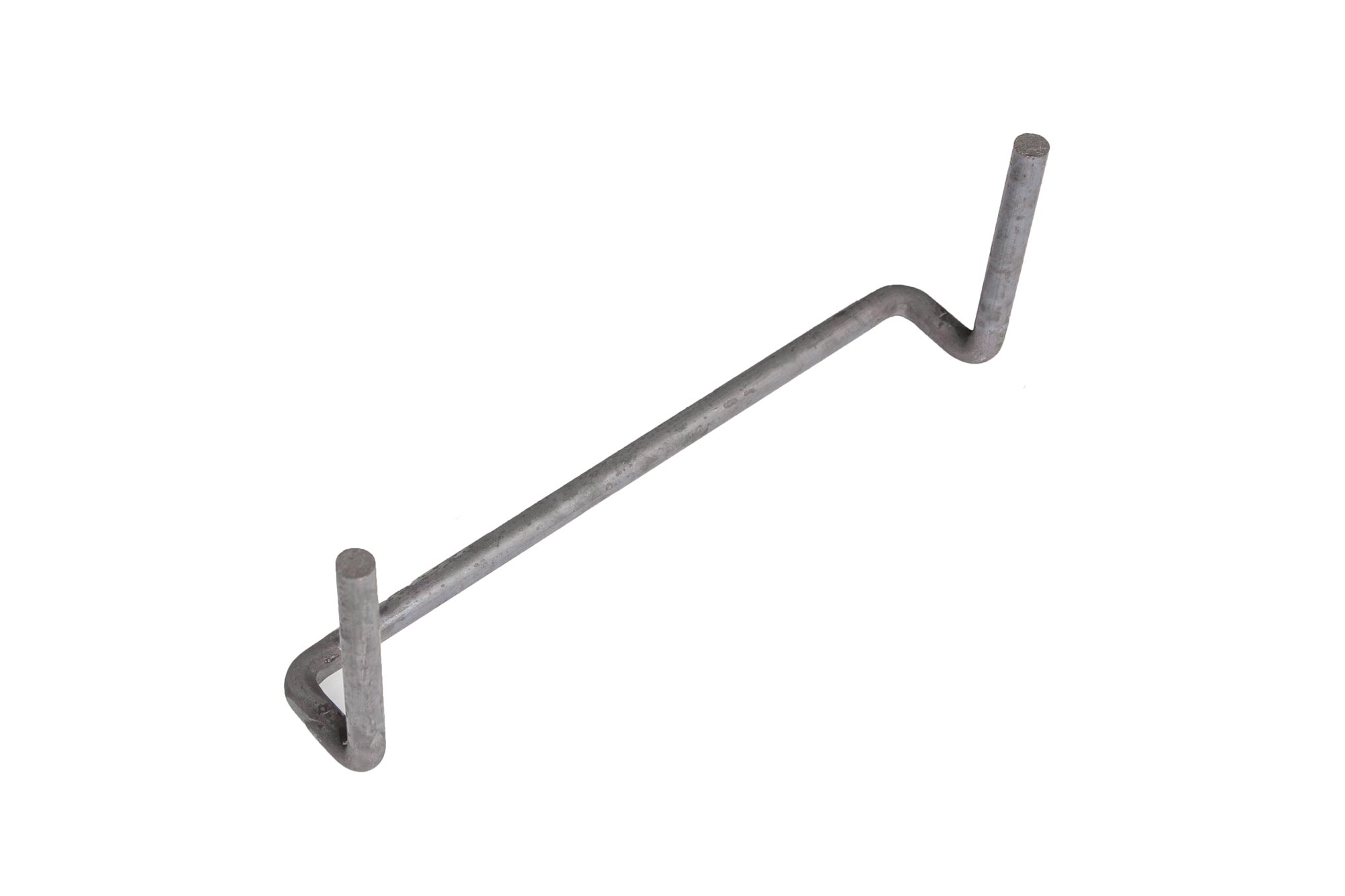

0 thoughts on “What Are The Steps On A Ladder Called”